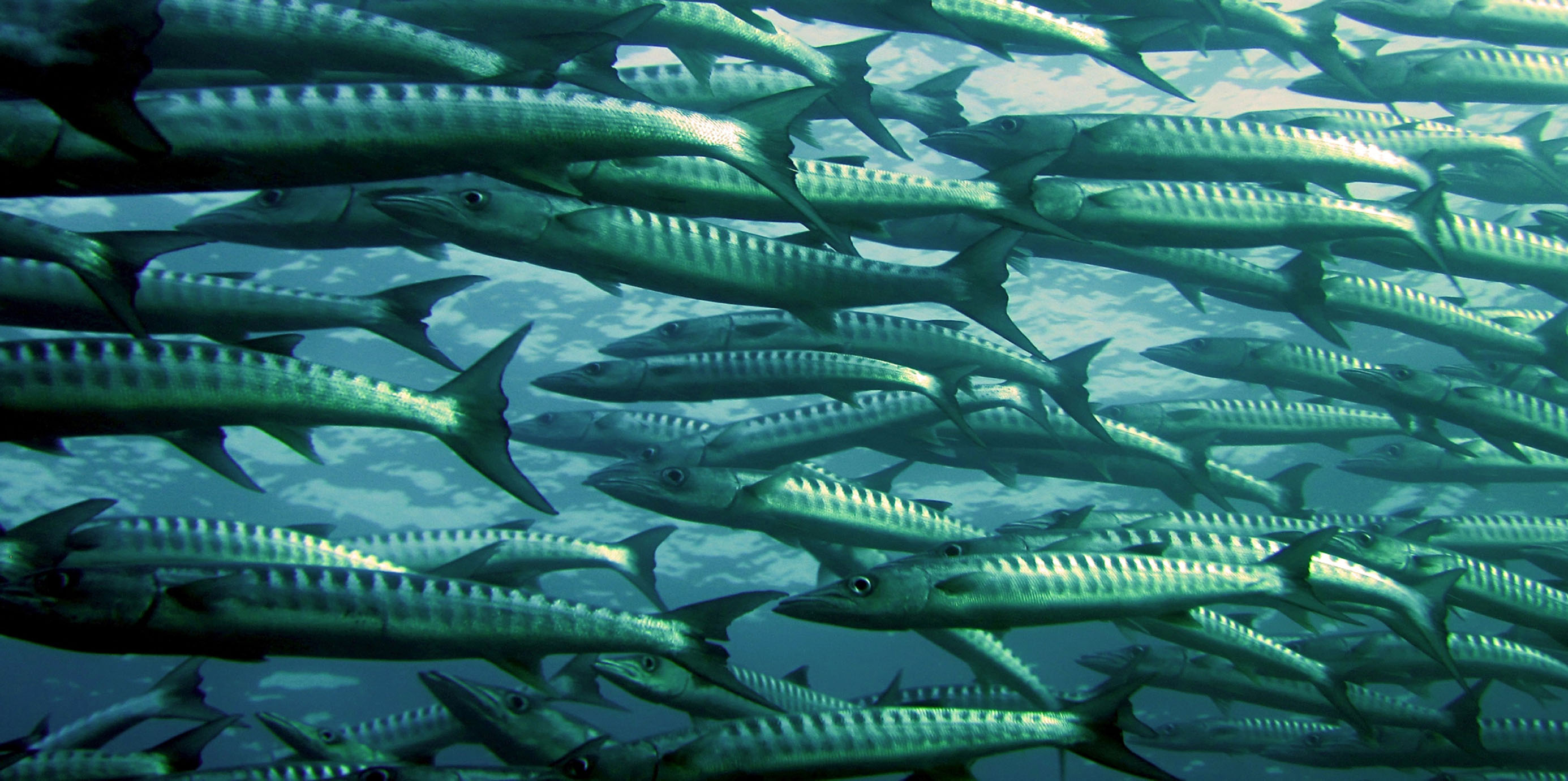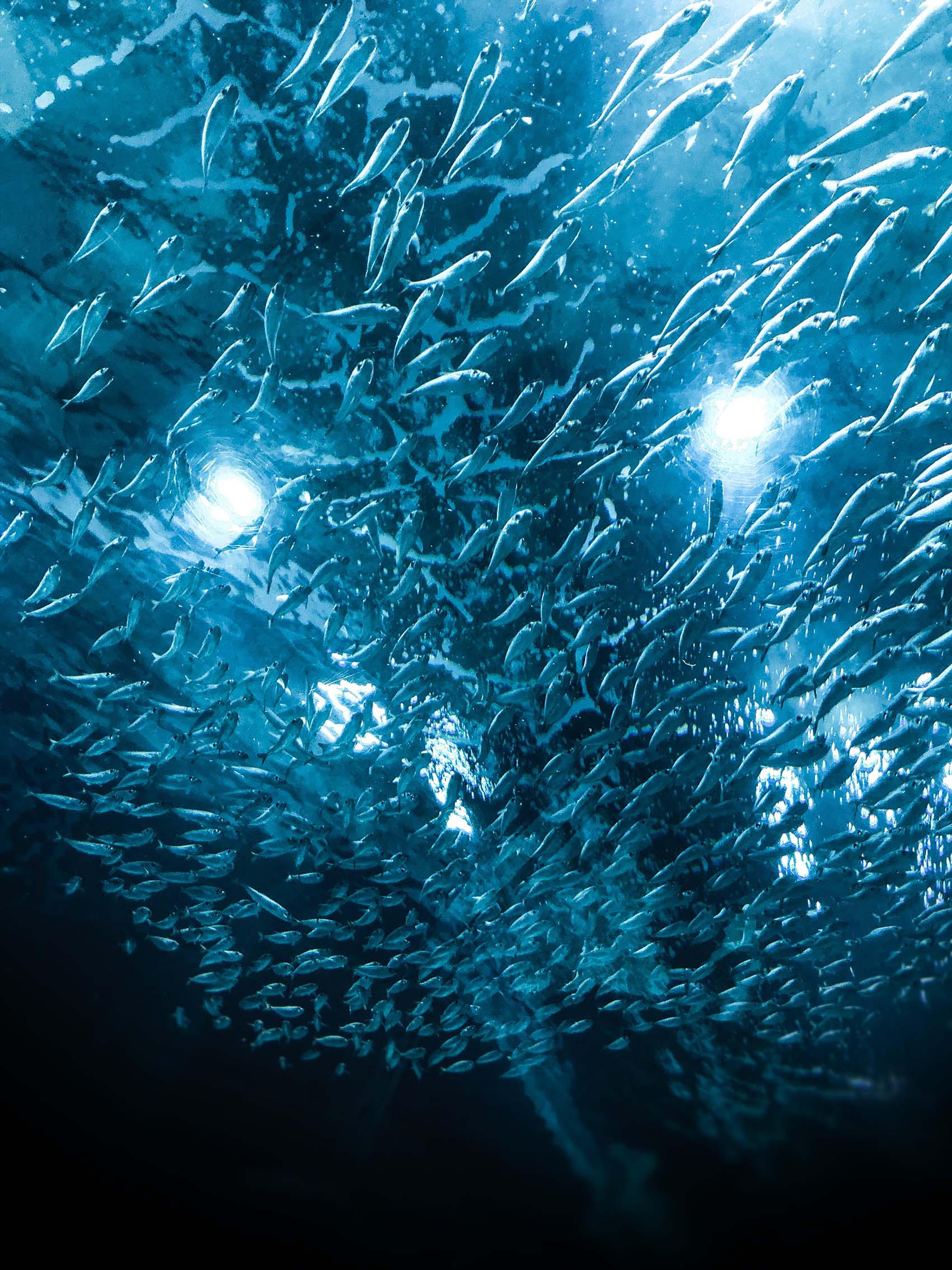All you need to know on the phenomenon of fish migration
The seasonal movement of animals from one place to another can include thousands of individuals travelling across continents and oceans. Most people are unfamiliar with rivers and fish; notions such as river restoration and preservation are still novel, yet they play critical roles in assisting fish migration and establishing that undersea habitat.
Electronic and physical tags are frequently used by scientists to trace the travels of migratory fish. These tags, however, only operate on larger fish and provide a restricted picture of where the fish has been. Maritime migration is seen as a diverse, environmentally significant, and socioeconomically beneficial example of biological variety.
They observed a wide range in the length of time the fish spent outside of the lakes after analyzing the data from the tags. Some fish stayed in the streams for five months, while others came back four or five times in one winter.
Fish can also swim vast distances, with the big tuna travelling hundreds of kilometers each year to the same spawning sites. Even flounder, which lacks the large muscles present in tuna, may move hundreds of kilometers every year by riding ocean currents. As the currents change direction, the cunning flounder burrow themselves in the sand to avoid slipping backward. There are other fish that migrate across both fresh and saltwater to reach their final destination, such as salmon and eel. Many of you have probably eaten salmon, but did you know that they may move almost 3,000 kilometers up rivers to return to where they were born? That is further than the distance from Mexico to Canada!

A Marine phenomenon: Fish Migration
While migration is a common occurrence in marine fish, little is known about how it affects the variance in life histories. Both the process and the evolution of other behavioral and demographic characteristics are impacted by other qualities. Consider the link between the cost of migration in proportion to fecundity and the benefits and drawbacks of schooling, a phenomenon that is expected to favor the development of migration, to see how these factors interact.
Migration is a widespread phenomenon in marine fishes, but the implications for life history variation have received little attention. Migration impacts the evolution of other qualities while also being influenced by the evolution of other behavioral and demographic characteristics. The interplay of such elements is demonstrated by studying the link between the cost of migration in proportion to fecundity and the benefits and drawbacks of schooling, a phenomenon thought to favor migratory evolution.
Fish migration is a condition caused by natural or anthropogenic influences that causes fish to migrate short or great distances on a daily, yearly, or longer basis, either to complete their life cycle or to avoid danger and pollution. This migratory pattern is essential for aquatic life's survival and flourishing. As a result, many human populations rely on the presence of regular migrations of fish for food and livelihood, and it is critical for the correct environmental conditions for spawning to prevent species extinction.
Migration varies and adapts across and within individuals, groups, and species, providing a helpful model system that continues to explain how ecological and evolutionary processes shape biodiversity and how biological systems respond to environmental variety and change.
Marine animals move for a variety of causes, including reproduction, food search, passive dispersal as larvae, and climate and ocean forcing. Since they can adapt sensitively to environmental circumstances, their migratory patterns are primarily influenced by oceanic elements and currents. Fish migration allows fast-moving species to dwell in locations that would otherwise be inaccessible to slow-moving fish swimmers and to utilize variable supplies.
But even so, many migratory fish species are becoming threatened by exploitation, pollution, habitat degradation, dispersion obstacles, overfishing, and continuous climate change, which introduces changed, unique, more variable, and harsh circumstances and selection regimes. All of this need safeguarding, long-term usage, and adaptive management. Yet, initiatives aimed at reducing the disastrous impacts of such threats complicate the situation for migratory fishes even more.
Fisheries as vital ecosystem havens
The science of fish biology and ecology has advanced quickly across the world due to the significance of many fish species as key fishery resources and ecosystem elements. A greater knowledge of the processes and mechanisms involved in fish migration and movement ecology is desired in order to help fisheries management and conservation efforts. This interest has been sparked by recent advancements in fisheries and aquatic research.
Inland waters are defined by the Food and Agriculture Organization of the United Nations (FAO) as lakes, rivers, streams, canals, reservoirs, and other land-locked waters. While inland is generally synonymous with freshwater, inland waters do include land-locked saline water bodies such as the Caspian Sea. Inland waters comprise approximately 0.01% of the total volume of water on earth.
Inland fishes reside in these waters. They comprise approximately 40% of all fish species and 20% of all vertebrate species.
The difficulty however is in assessing aquatic biodiversity, particularly in developing countries and remote areas, inland fish are more diverse than the reported estimates.

Marine Habitats
83% of the world's freshwater species have decreased since the year 1970. Human activities have a significant impact on the loss of freshwater ecosystem biodiversity. One of the greatest dangers to freshwater biodiversity is climate change, along with another is anthropogenically altered river hydrological regimes. Changing river water has undoubtedly helped human civilization in many ways, but it has also damaged rivers' natural integrity.
Habitat alterations and fragmentation caused by anthropogenic modifications of the riverine landscape have affected fish biodiversity by reducing the number of fish species. Fish are a major element of the aquatic environment, and they play an important role in maintaining ecosystem resilience.
With that being said, an incomplete understanding of links between river ecosystem functions and processes with fisheries is one of the major reasons for the alarming rate of decline of fish species. Recognizing the ecosystem services generated by fish populations is essential and is one step toward comprehensive, ecosystem-based management of riverine fisheries.
The challenge is to understand how ecosystem functions and processes in the river landscape are linked by the fish movement to influence the persistence, abundance, and productivity of the fish population including the ecosystem services offered by the river landscape.
Types of migration
There are many different migratory tactics used in nature, possibly more so in the case of fishes. Many approaches may be used to address the issue of migratory variety. For example, migration types might be categorized according to the animals' own movement patterns or according to factors like function, habitat, and temporal scale. Fish migrate to reproduce, to seek seasonal safety from predators or unfavorable environmental circumstances, or to eat, according to earlier assessments, which mainly categorized fish migration by function.
A second way to classify fish migration is by habitat. Many fishes migrate between freshwater and marine habitats, which is known as ‘diadromy’. Diadromy can be further divided by whether a fish migrates from freshwater to marine habitats – anadromy - which is thought to be more common and wide-spread, or from marine to freshwater habitats.
Fish that migrate between marine habitats are known as ‘oceanodromous’ migrants. While these latter migrations are both fascinating and increasingly studied, they are beyond the scope of our review and we direct interested readers to other reviews on this subject.

The ultimate resolution
Animal migration is without a doubt one of the most amazing natural phenomena to see. Since the first descriptions of migratory fish swimming annually into and out of the Black Sea were recorded more than 20 centuries ago, it has interested humans for thousands of years. We now know that migration is a common element in the life cycle of an enormously varied variety of creatures, from minute crustaceans to big, sea-dwelling mammals. The study of migration continues to be a significant focus of modern biological research.
The migration of aquatic species, such as fish, has, on the other hand, received less attention, and as a result, our understanding of these creatures' migratory habits has fallen behind that of other taxa. Freshwater fish migration was once assumed to be relatively uncommon since the majority of fish species were supposed to be essentially stationary and exhibit very little local movement.
The migration of a wide range of freshwater fish groups has become better understood throughout time. We now know that animals from many other groups also exhibit migratory behavior in addition to the famous instances of salmonid and eel migration.
Migration has developed as an adaptive strategy to enhance individual fitness from an evolutionary standpoint, with individuals migrating to improve their development, survival, or reproductive success.















